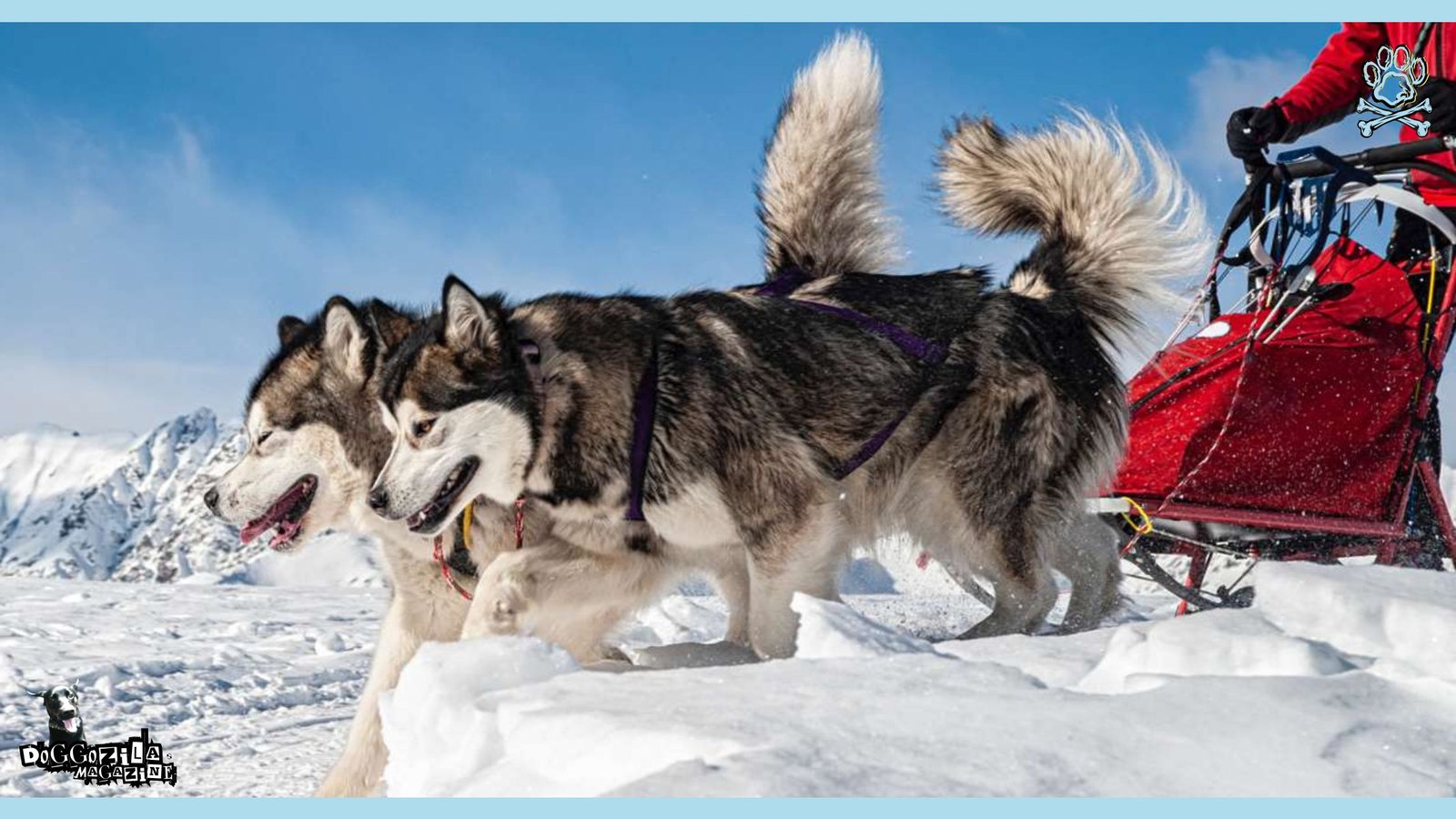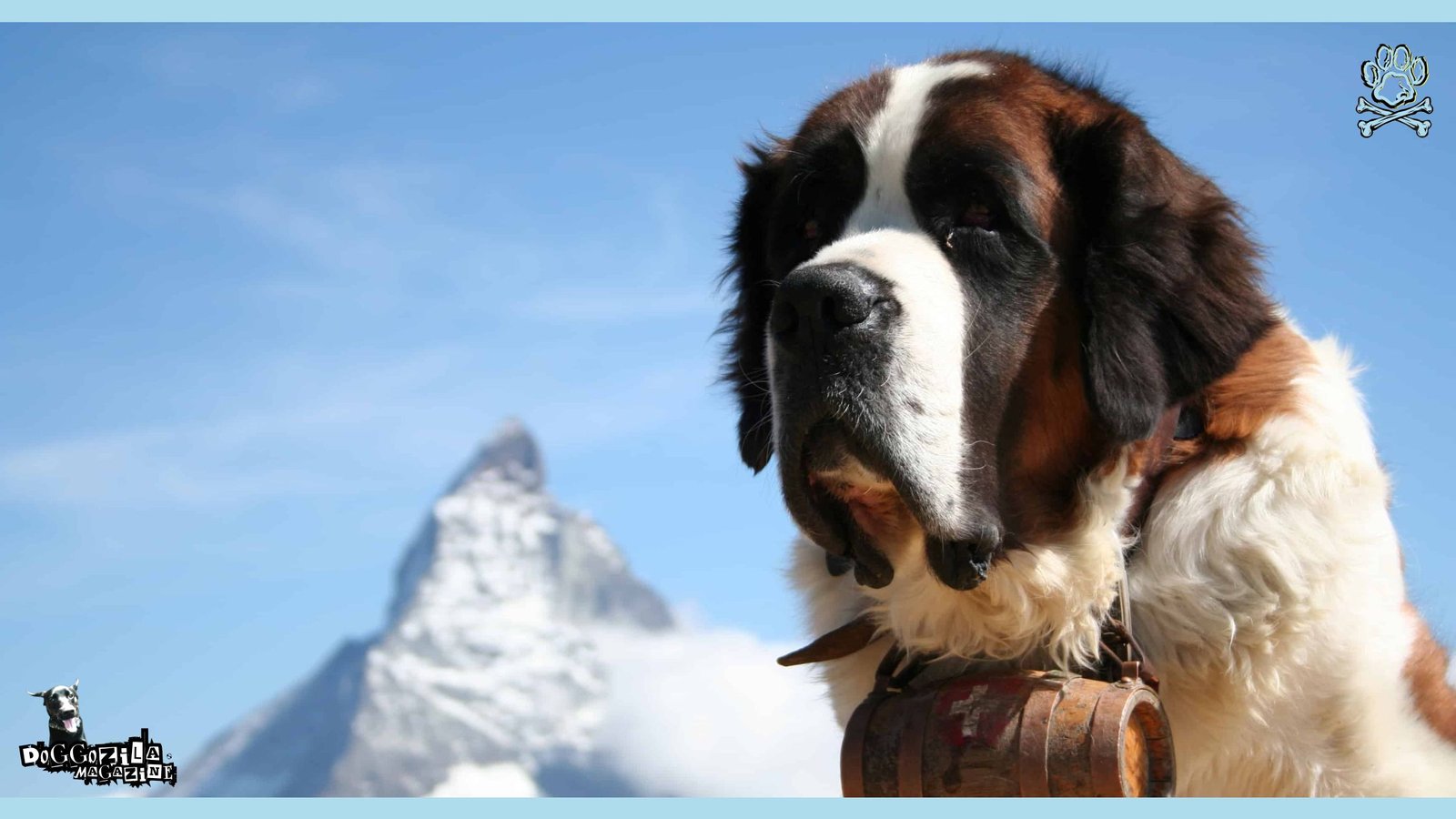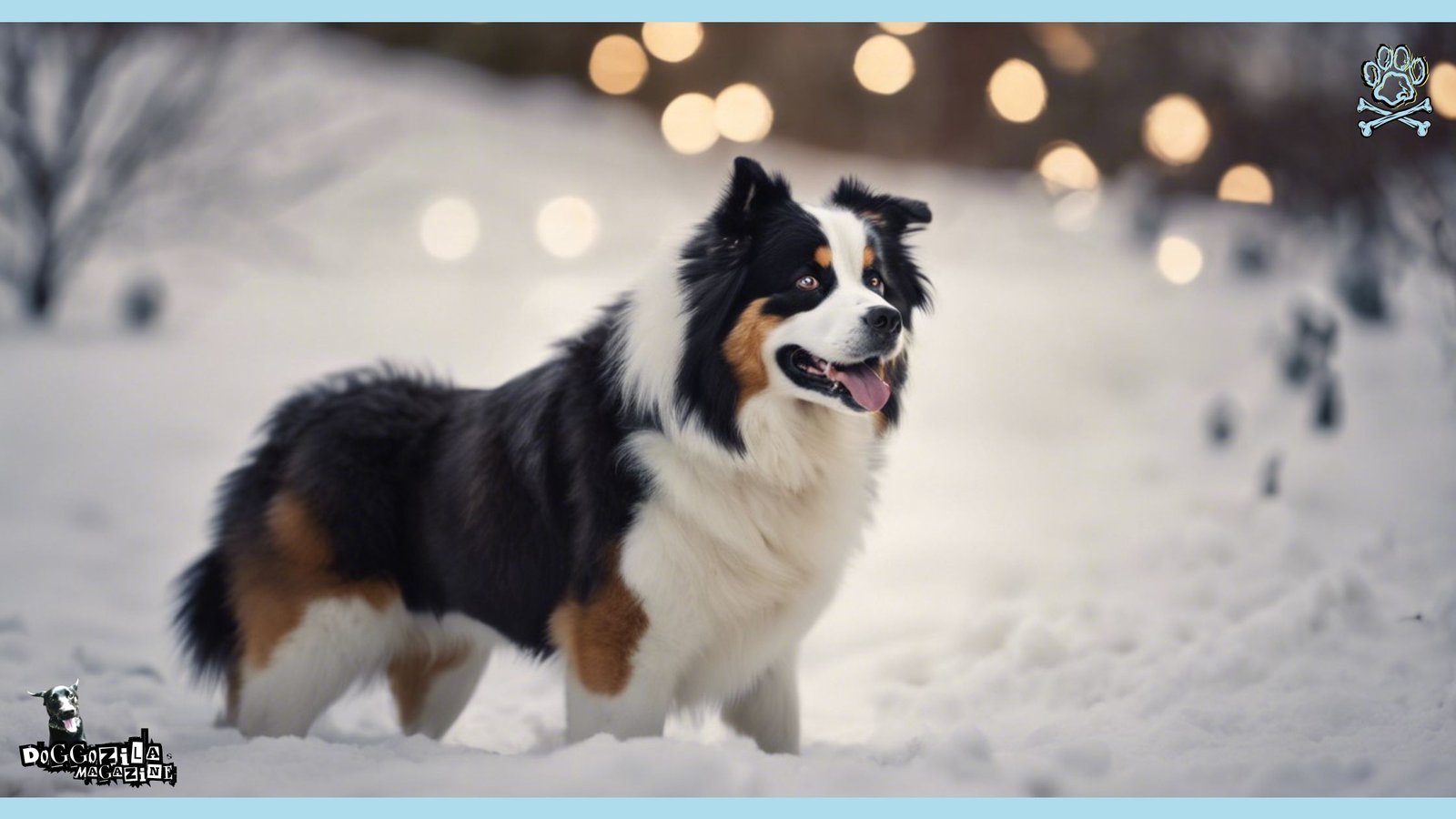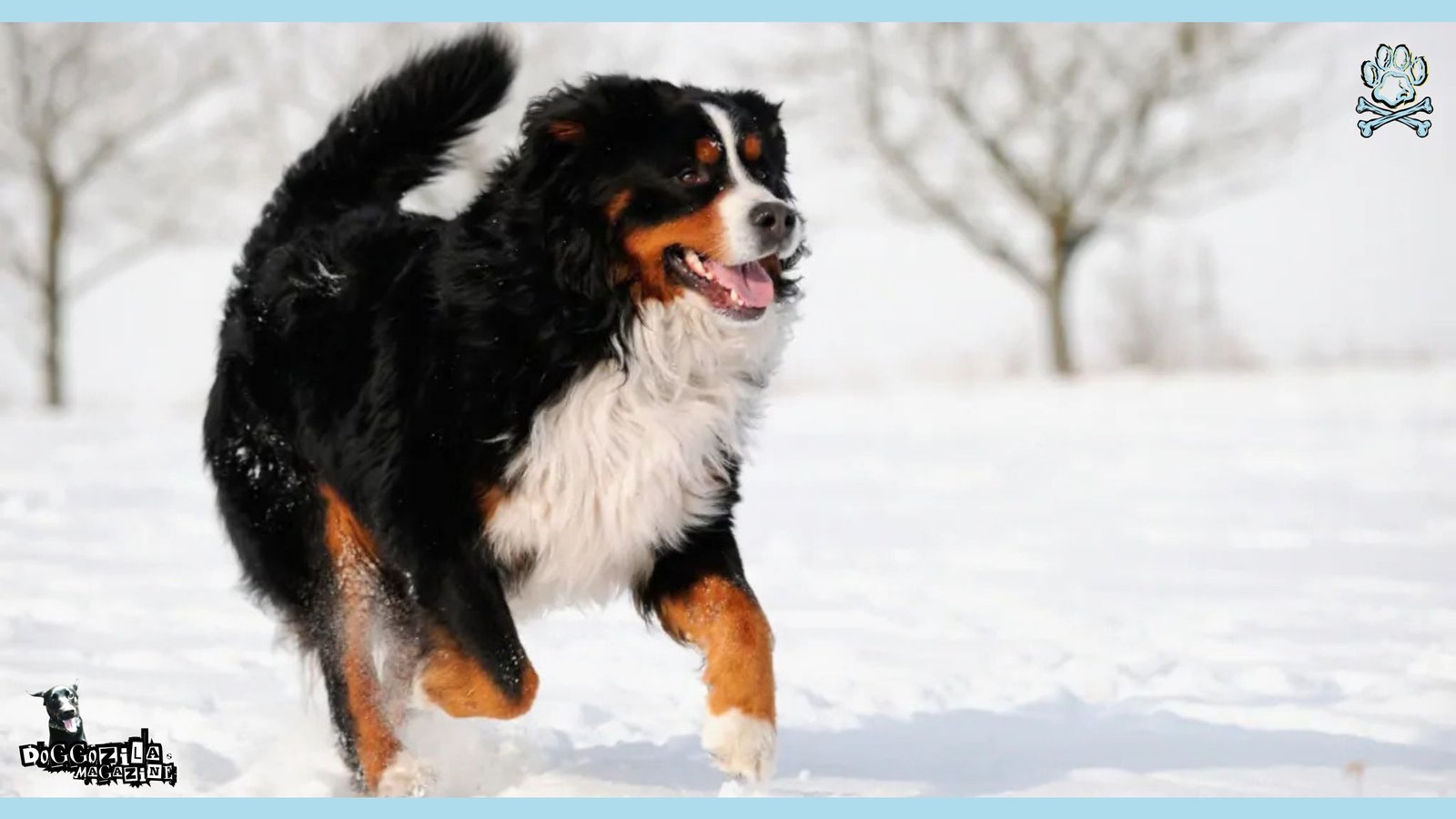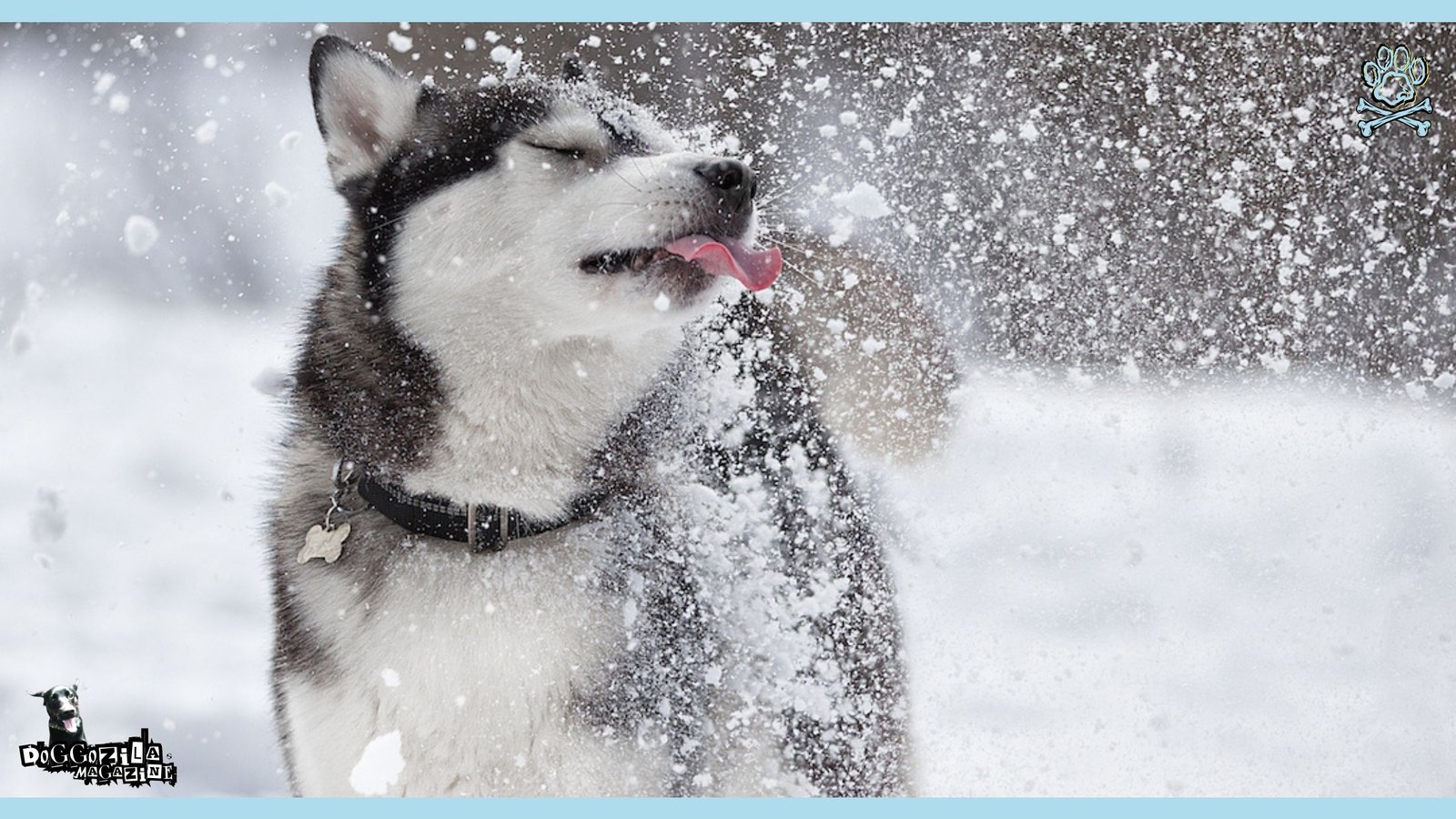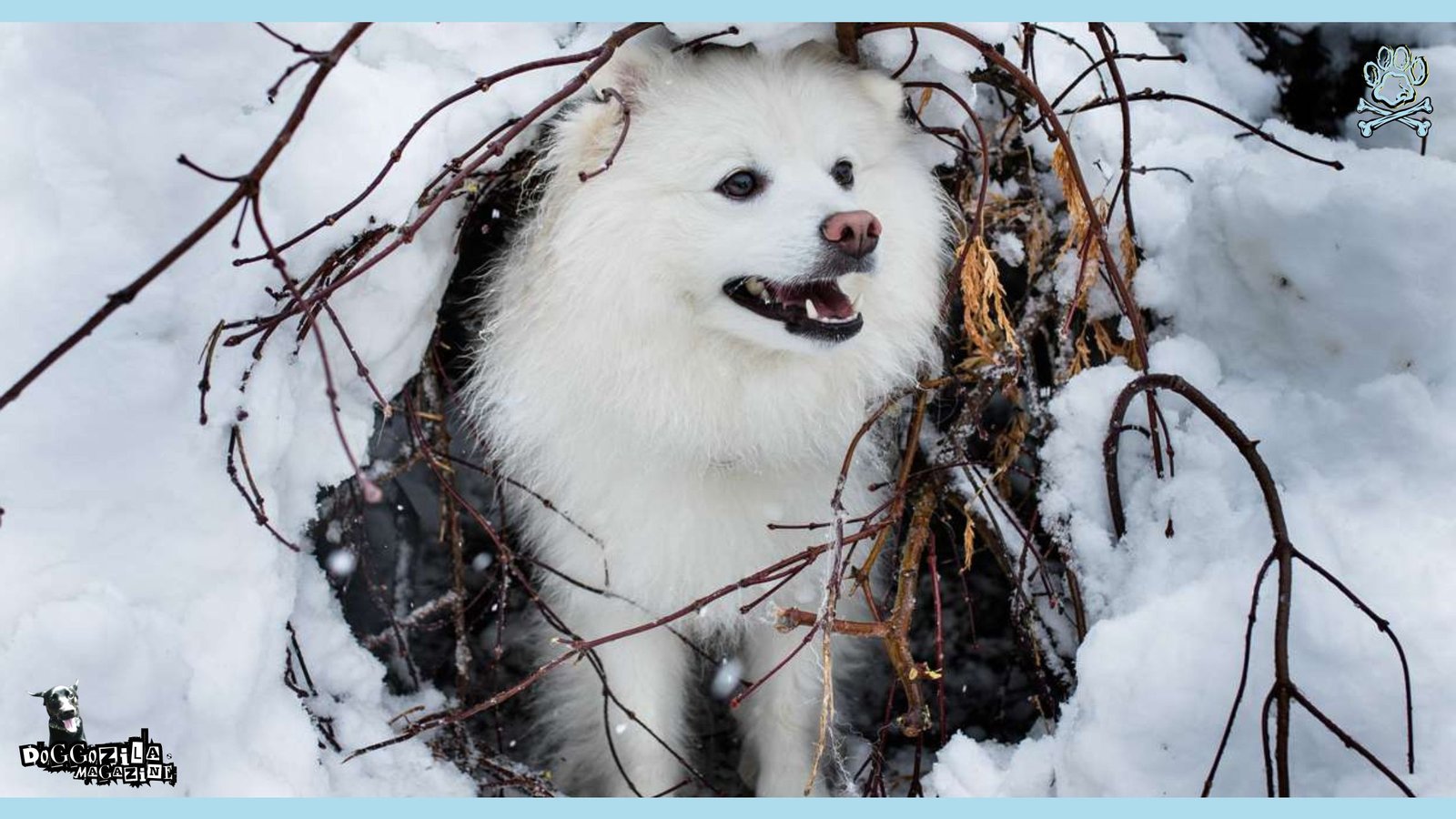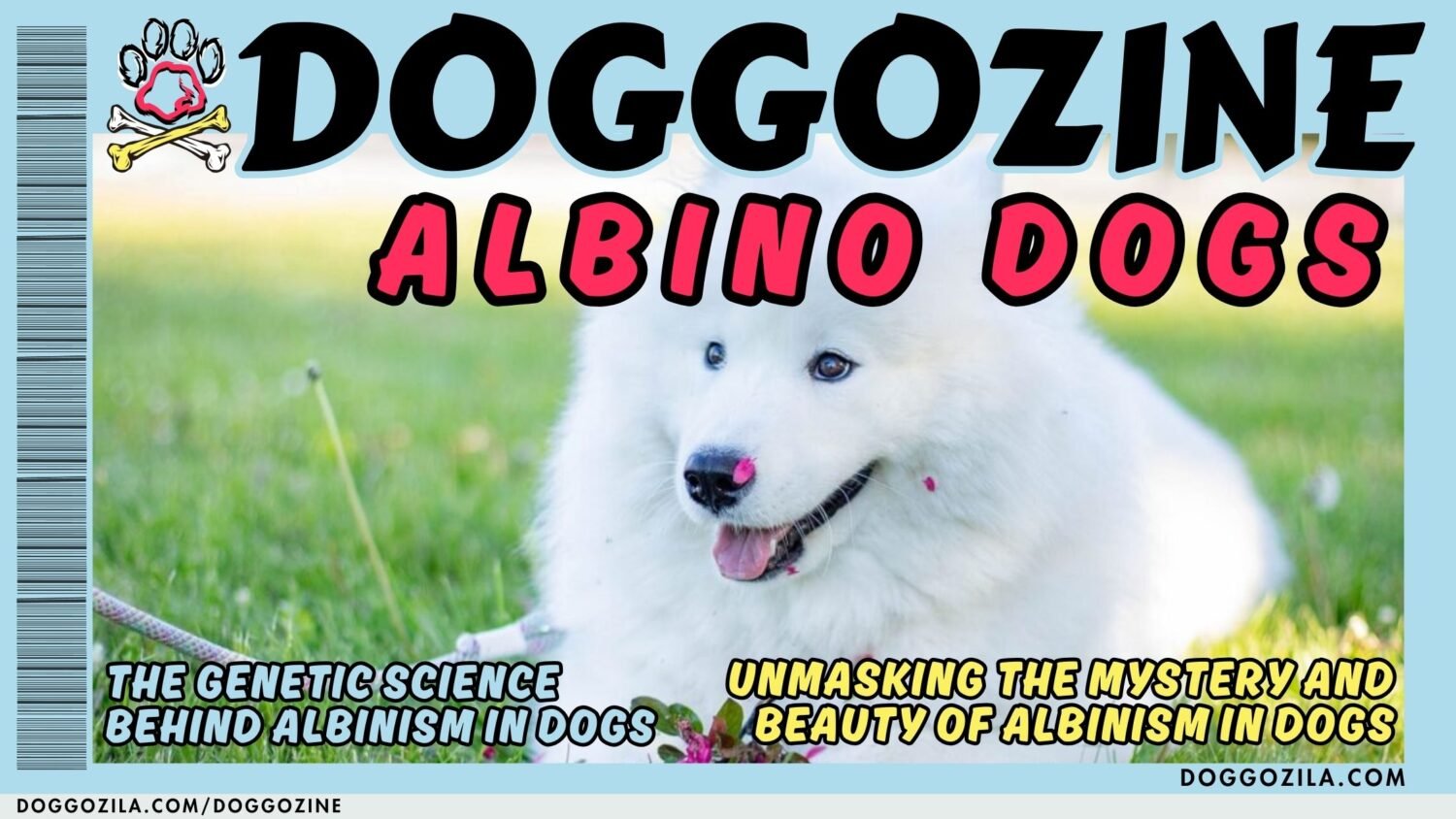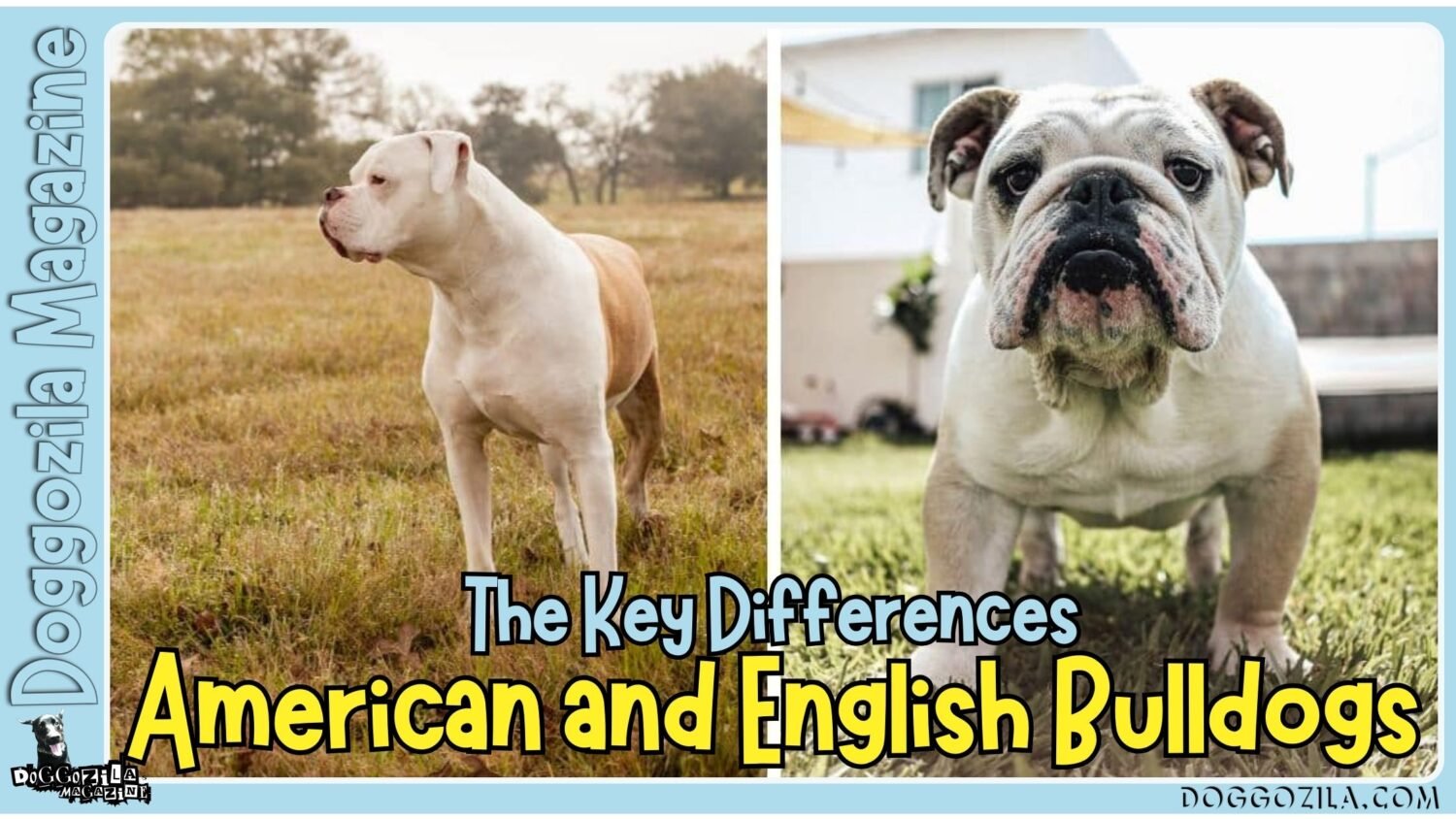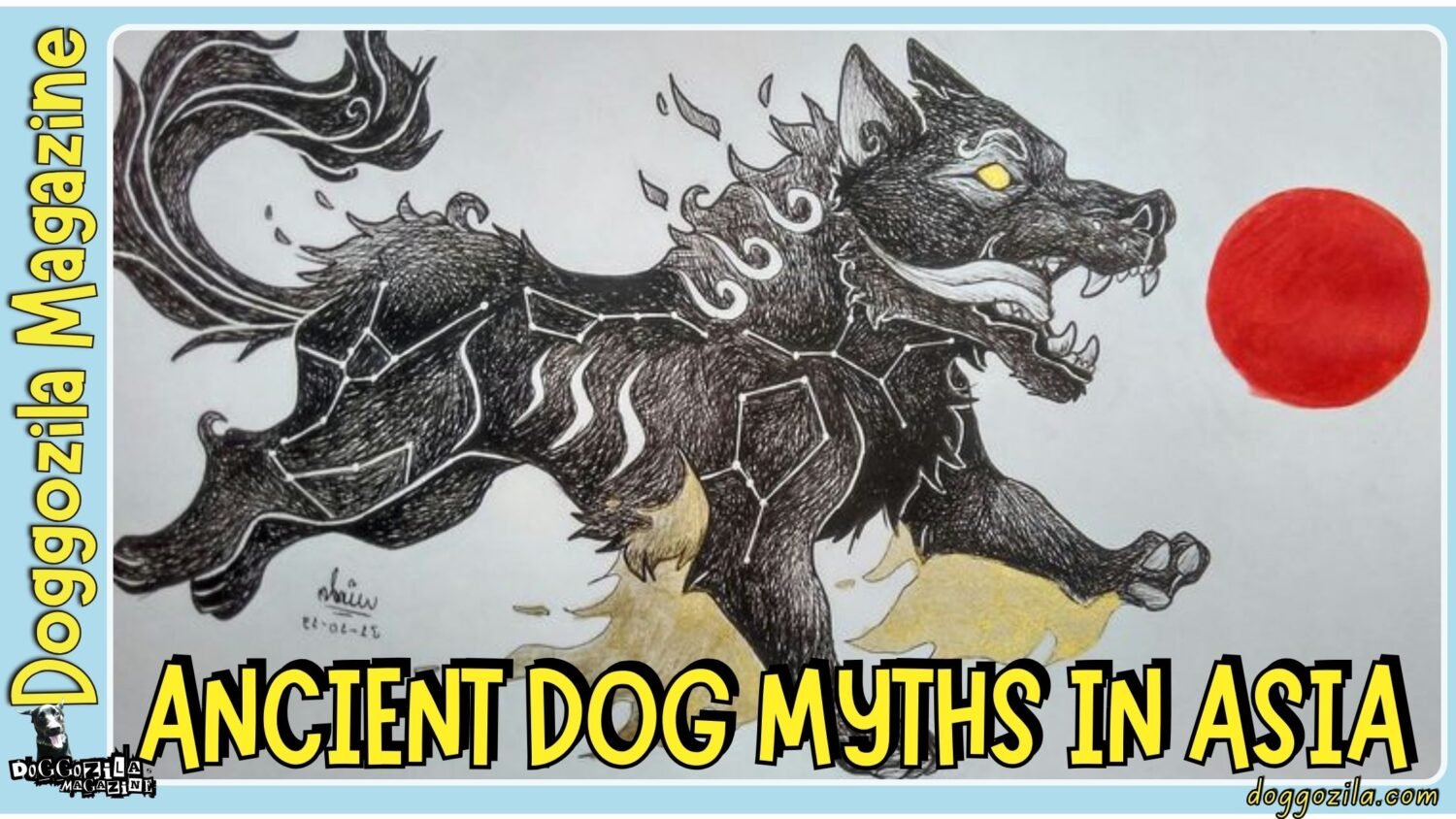The world of dogs is diverse, with certain breeds exhibiting remarkable adaptations that allow them to thrive in snowy environments. These snow-dwelling winter dog breeds possess specific traits that enable them to handle the unique challenges posed by extreme cold, deep snowdrifts, and icy conditions. Understanding these breeds is relevant not only for potential dog owners but also for those living in regions where winter persists for an extended period of time.
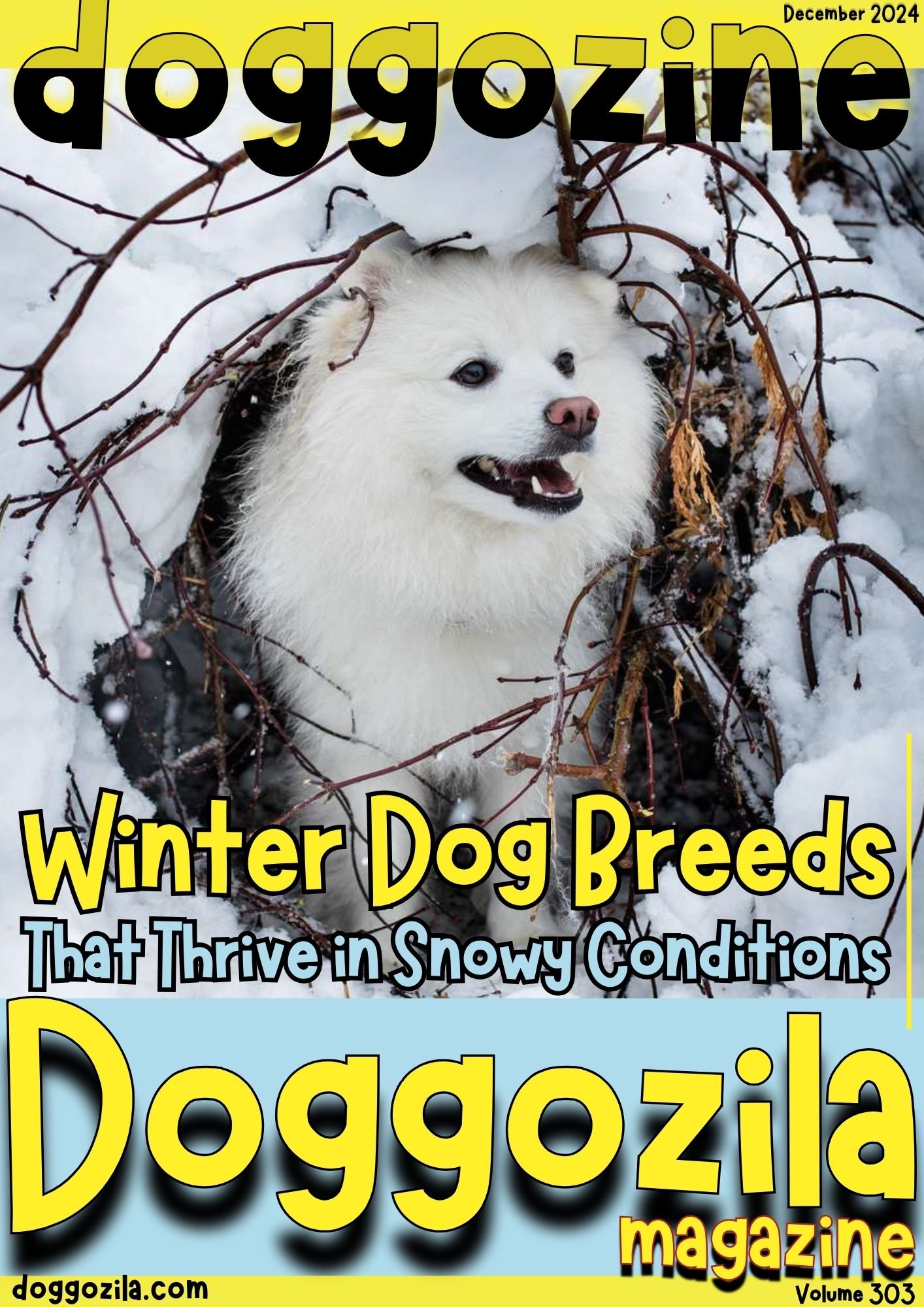
WHY SOME DOG BREEDS ARE PERFECT FOR WINTER ENVIRONMENTS
In regions characterized by heavy winter snow, the survival of any animal, including some dog breeds, hinges on their physical attributes and behavioral tendencies. Breeds that excel in these environments often have a thick double coat that provides insulation against frigid temperatures. Additionally, their paws are typically larger and more fur-covered than those of other breeds, allowing them to traverse snowy terrain without discomfort. These adaptations are vital for maintaining warmth and mobility in challenging wintry conditions.
Dog Breeds Born for the Winter Snow
Beyond physical characteristics, snow-dwelling dog breeds also exhibit behavioral traits that contribute to their success in cold winter climates. Many of these breeds are known for their high energy levels and endurance, which are essential for engaging in activities such as sledding or long hikes through snow-covered landscapes.
Their natural instincts, often honed over generations, enable them to work well in packs, making them not only excellent pets but also stellar companions for outdoor activities in snowy settings.
Throughout this blog, we will delve into specific breeds that have evolved over time to adapt to icy habitats, showcasing their unique qualities and explaining why they are particularly suited for snow-laden environments. This exploration will serve as guidance for those considering a canine companion that can thrive in winter wonderlands.
Introduction to Year-Round Snowfall
Year-round snowfall is a remarkable phenomenon found in various regions of the world, characterized by a climate that permits persistent snow coverage regardless of the season. Several geographical areas experience this unique weather pattern, primarily due to their elevation, latitude, and specific climatic conditions.
One of the most notable locations is the polar regions, which include Antarctica and the Arctic. These areas are marked by extremely cold temperatures and prolonged winters, leading to a near-permanent layer of ice and snow.
In addition to polar climates, certain mountainous regions also showcase year-round snowfall. High-altitude locations such as the Rocky Mountains in North America and the Alps in Europe maintain snow cover throughout the year due to their elevation.
The combination of altitude and colder temperatures creates an environment conducive to the accumulation of snow, with many ski resorts relying on this steady supply for their operations. The unique climates in these regions not only support the perpetuation of snowfall but also foster distinct ecosystems, influencing the flora and fauna present.
From the Arctic to the Himalayas
The consistent presence of snow plays a critical role in shaping the environment. It affects soil moisture levels, impacts water sources, and influences vegetation growth during warmer months.
Furthermore, the wildlife in these habitats has adapted to thrive in snowy conditions, exhibiting behaviors and physical characteristics that provide them an advantage in these environments. From the majestic polar bears of the Arctic to snow leopards in the Himalayas, the wildlife is closely intertwined with the realities of year-round snowfall.
Understanding the geographical areas that experience this phenomenon enriches our appreciation of nature’s diversity and the ecosystems that flourish within these cold climates. Exploring how animals and habitats adapt to these conditions can provide valuable insights into the intricate balance of life in snowy landscapes.
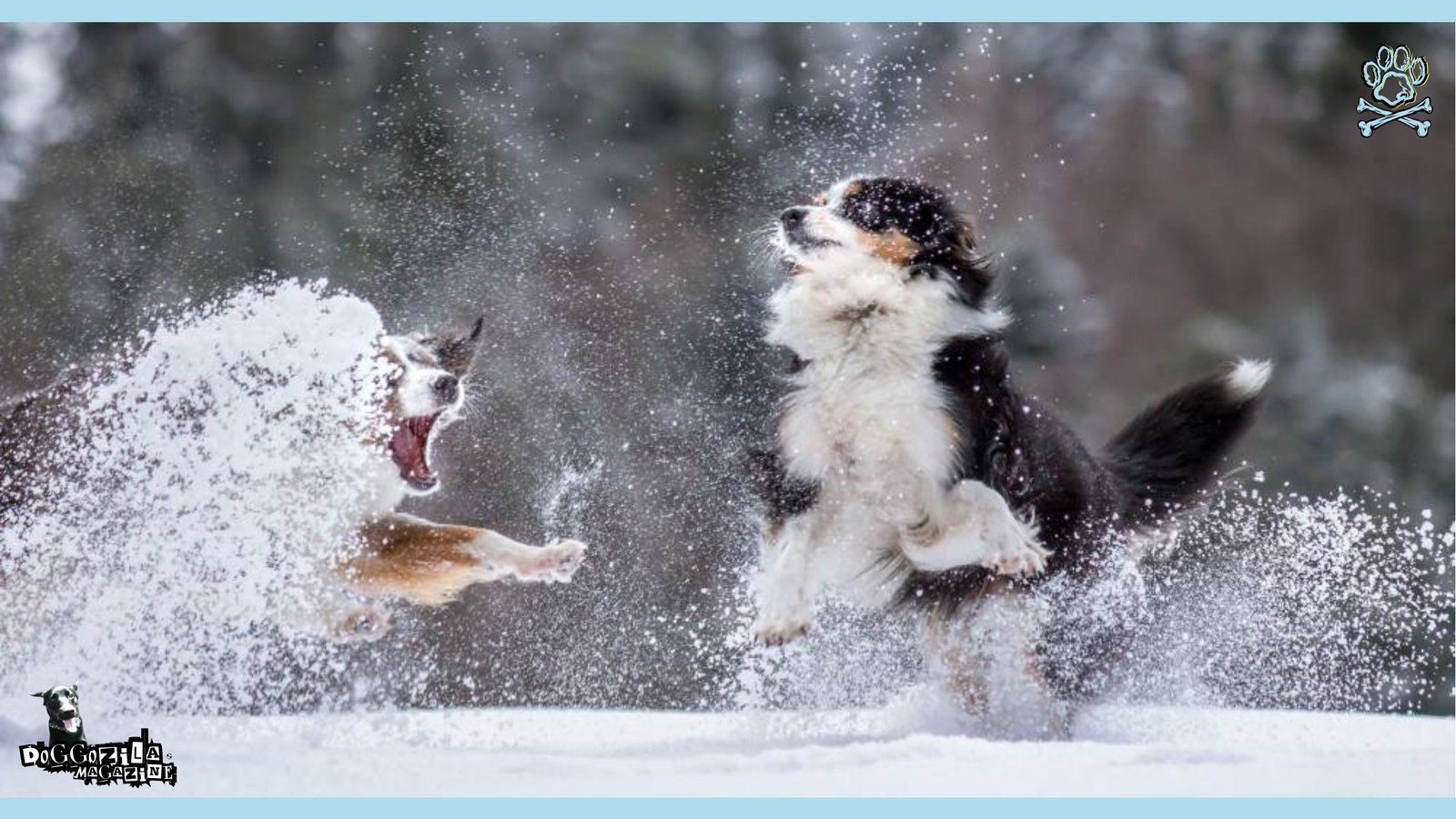
The Science Behind Year-Round Snowfall
Year-round snowfall is a phenomenon that captivates many, especially in regions where snow-covered landscapes prevail for extended periods. Several meteorological factors contribute to this continuous presence of snow, primarily focusing on elevation, temperature variations, climate patterns, and local weather phenomena.
Elevation plays a crucial role in the occurrence of persistent snow cover. Higher altitudes typically experience cooler temperatures, which are conducive to sustained snow conditions. As air rises over mountains, it cools, causing moisture to condense and fall as snow.
This process often results in significant accumulations in mountainous regions, ensuring that snow remains even during warmer periods. For instance, the peaks of the Rockies or the Himalayas can maintain snow year-round due to their elevation, creating ideal winter habitats for snow-loving animals such as certain dog breeds.
Places That Winter Dog Breeds Can Thrive
Temperature variations are equally important in understanding the maintenance of a snow-laden landscape. Regions that can sustain lower average temperatures, particularly during winter, tend to retain their snow cover longer. Moreover, certain climate patterns, such as those evident in polar or alpine climates, actively influence local weather conditions.
The specific positioning of the jet stream can lead to consistently cold weather in these areas, enabling the preservation of snow throughout the year. Additionally, local weather phenomena, including lake-effect snow or orographic lift, significantly contribute to snowfall in targeted locales. These phenomena enhance precipitation and allow for thicker snow deposits.
For example, when cold air moves over warmer bodies of water, it picks up moisture which then precipitates as snow downwind, enriching the existing snow base. Understanding the interplay between these meteorological factors reveals why certain regions can maintain a pristine, snowy landscape year-round. It also highlights the adaptations required by flora and fauna, including various dog breeds that thrive in winter and under such persistent cold conditions.
🔑 Key Points: Dog Breeds that excel in these environments often have a thick double coat that provides insulation against frigid temperatures. These snow-dwelling dog breeds also exhibit behavioral traits that contribute to their success in cold winter climates.
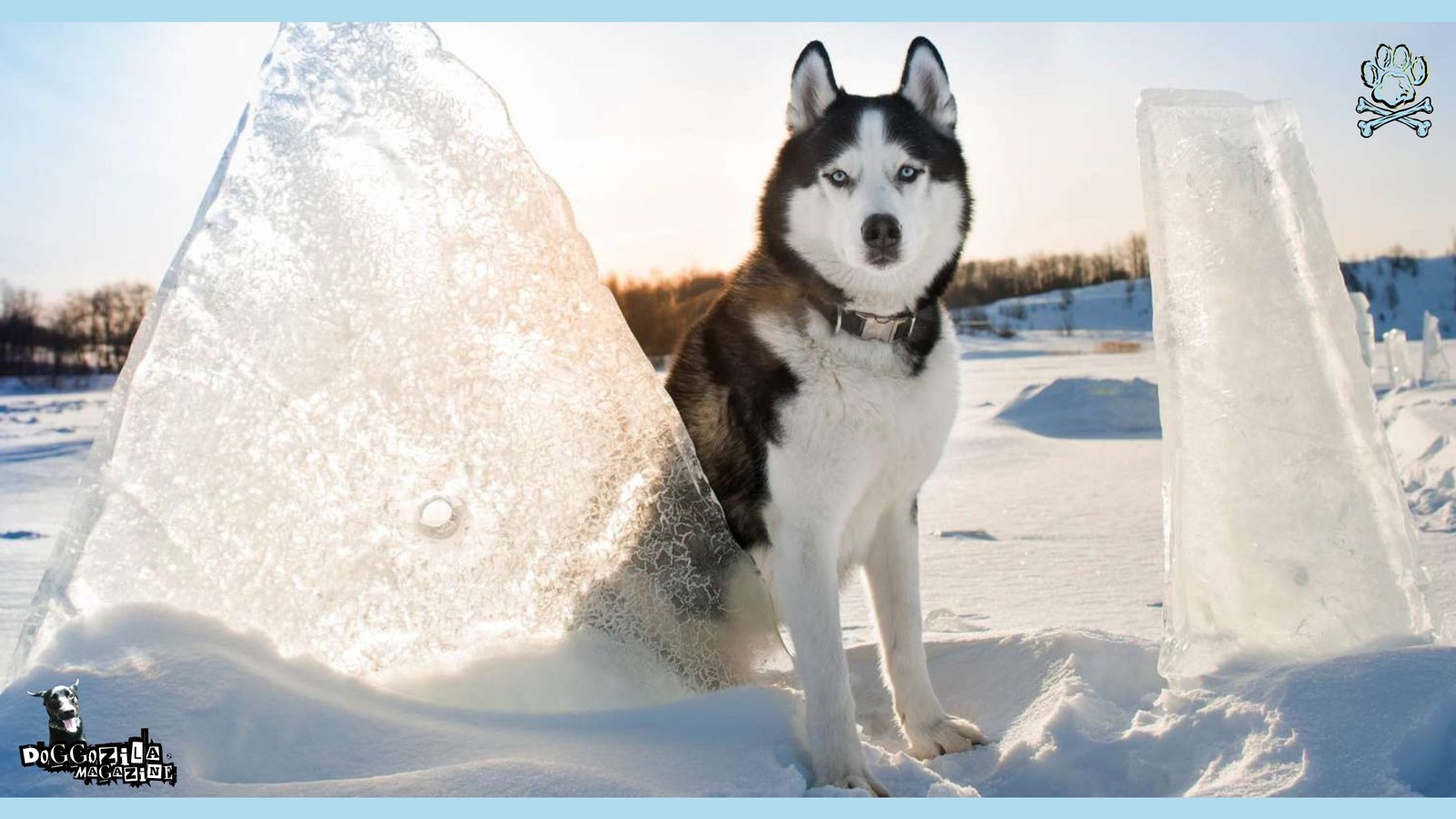
THE IMPORTANCE OF COLD-CLIMATE ADAPTATION FOR WINTER DOG BREEDS
Dogs, as a species, have varied adaptations that make them suited to different environments, including cold climates. Over generations, certain dog breeds have evolved or have been selectively bred to thrive in harsh winter with snowy conditions. This adaptability is crucial as it plays a significant role in their overall well-being and functionality in cold weather.
Breeds such as the Siberian Husky, Alaskan Malamute, the Saint Bernard and Bernese Mountain Dog are exemplary representations of these adaptations, exhibiting a combination of physiological traits that enable them to thrive in low temperatures.
Snow Dog Breeds with Thick Winter Fur
One of the most notable adaptations is the fur type of these dogs. Breeds suited for cold climates typically possess a double coat comprised of a dense underlayer and a longer outer coat. This structure not only provides insulation but also helps to repel moisture and wind, essential for maintaining body heat in extreme weather.
Additionally, the body shape of cold-climate breeds is generally stockier with a thicker neck and a broader chest. These physical characteristics promote better heat retention, which is vital for enduring subzero temperatures. Behaviorally, cold-weather breeds exhibit certain tendencies that further aid in their survival. For instance, many of these dogs display a lower activity level in extremely cold conditions, allowing them to conserve energy.
Furthermore, they may prefer to burrow into the snow or seek out sheltered areas to maintain their warmth, showcasing natural instincts that facilitate their adaptation to snow-laden environments. Such behaviors, alongside their physical features, underscore the importance of understanding how specific breeds are better equipped to handle cold climates.
🔑 Key Points: The evolutionary traits that enable these dogs to thrive in cold environments highlight the significance of cold-climate adaptation, pointing to the necessity of selecting appropriate breeds for snowy living conditions.
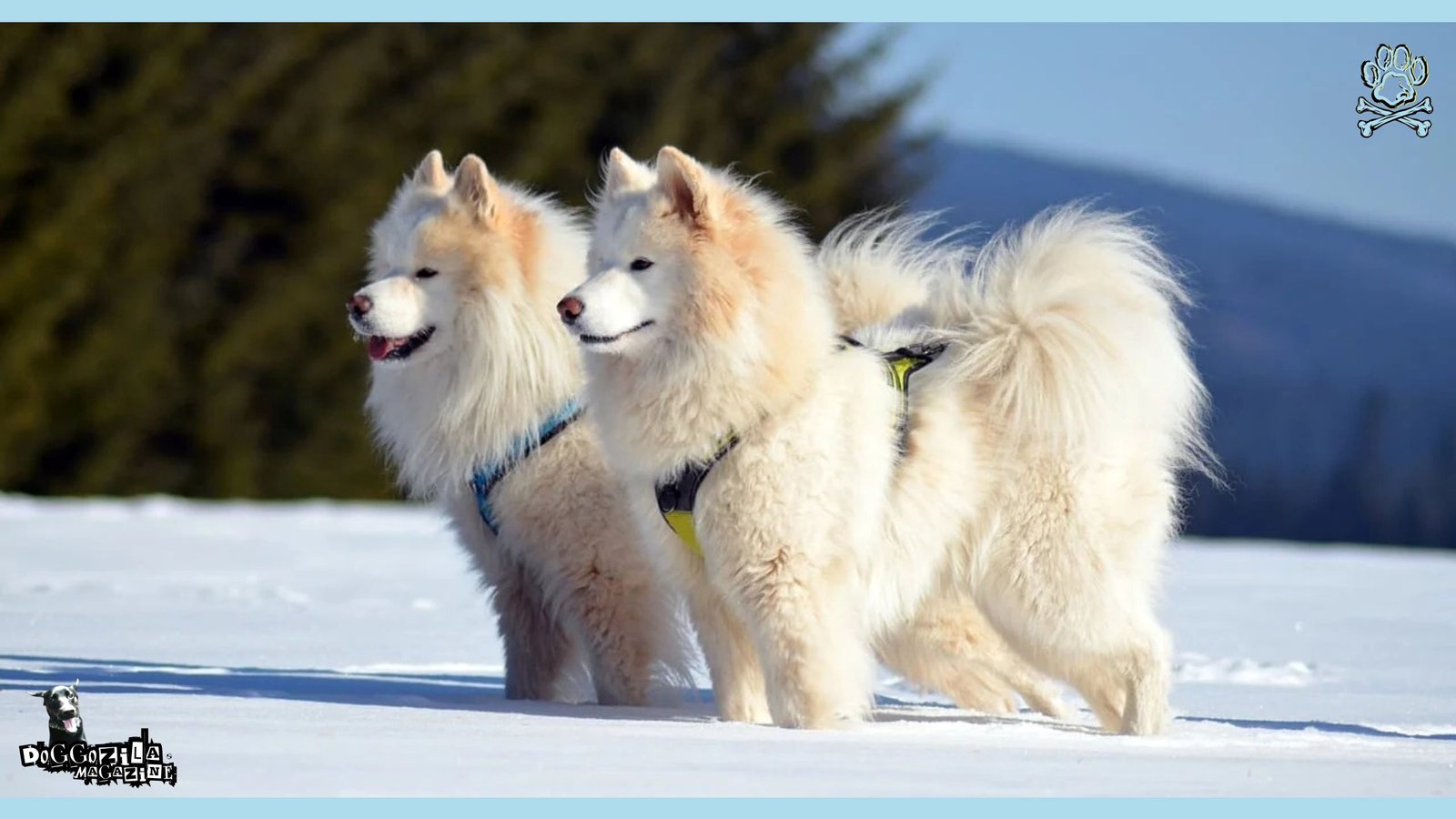
MEET THE TOP WINTER DOG BREEDS
When it comes to winter environments, certain dog breeds have evolved to excel in cold-weather conditions, demonstrating remarkable adaptations that make them well-suited for life in such climates. Among these breeds, the Siberian Husky stands out for its resilience and endurance.
Siberian Husky
Originally bred by the Chukchi people of Siberia, these dogs are renowned for their ability to pull sleds over long distances in harsh winter climates. Their double coats provide insulation against extreme cold, and their high energy levels make them perfect companions for outdoor activities in snowy landscapes.
The Siberian Husky is one of the dog breeds that is synonymous for harsh winter conditions. Originally bred for transportation and companionship, Huskies are distinguished by their endurance and striking blue or multicolored eyes. Their vibrant, thick fur protects them from icy conditions, allowing them to romp through the snow for hours while providing companionship and energy to their owners.
Alaskan Malamute
The Alaskan Malamute is another example of the winter dog breeds that flourishes in chillier weather. Originally bred for hauling heavy sleds over long distances, their thick double coats provide insulation against frigid temperatures. Malamutes are known for their strong, sturdy frames and friendly disposition, making them not only great work dogs but also wonderful family pets.
Another of the dog breeds that thrives in winter conditions. This sturdy and powerful dog was initially developed for heavy hauling in Arctic regions. Their thick fur coat and strong physique enable them to handle the cold temperatures and navigate through deep snow with ease. Their history as sled dogs ties them closely to snowy environments, enhancing their adaptability in these conditions.
Saint Bernard
The Saint Bernard offers a different winter dimension to the snowy dog breeds. Recognized for their impressive size and gentle nature, these dogs were historically used as rescue animals in the Swiss Alps. Their immense strength and keen sense of smell make them valuable in emergencies, while their thick fur keeps them warm in frigid temperatures.
When considering dog breeds ideally suited for snowy winter environments, the Saint Bernard stand out due to their unique adaptations and historical backgrounds. These winter dog breeds have evolved over generations to thrive in cold climates, making them excellent companions for those living in regions with perpetual snow.
Bernese Mountain Dog
Lastly, the Bernese Mountain Dog is also from the breeds that is not only strikingly beautiful but also adept at winter conditions. Originally developed as a farm dog in Switzerland, they are friendly and dependable, making them perfect for families. Their long, thick fur acts as an effective barrier against cold, and they possess a calm demeanor that complements their robust physique.
The Bernese Mountain Dog is also highly suitable for snowy landscapes. Originating from Swiss mountains, this breed was traditionally used as dog for the peoples farms, proficient in herding and serving as draft animals. Their distinctive long, thick fur not only provides warmth but also helps them maneuver in snowy terrain. These gentle giants are known for being calm and friendly, making them cherished family companions as well as reliable snowy environment dogs.
These breeds exemplify the physical and behavioral characteristics that enable them to thrive in snowy conditions. From their thick fur coats to their endurance in cold climates, these dog breeds represent the ideal companions for winter enthusiasts and those living in snowy regions. These breeds epitomize the qualities that enable dogs to thrive in cold climates, whether as workers, companions, or sled dogs.
🔑 Key Points: Top winter dog breeds are the Siberian Husky, The Alaskan Malamute, The Saint Bernard and the Bernese Mountain Dog.
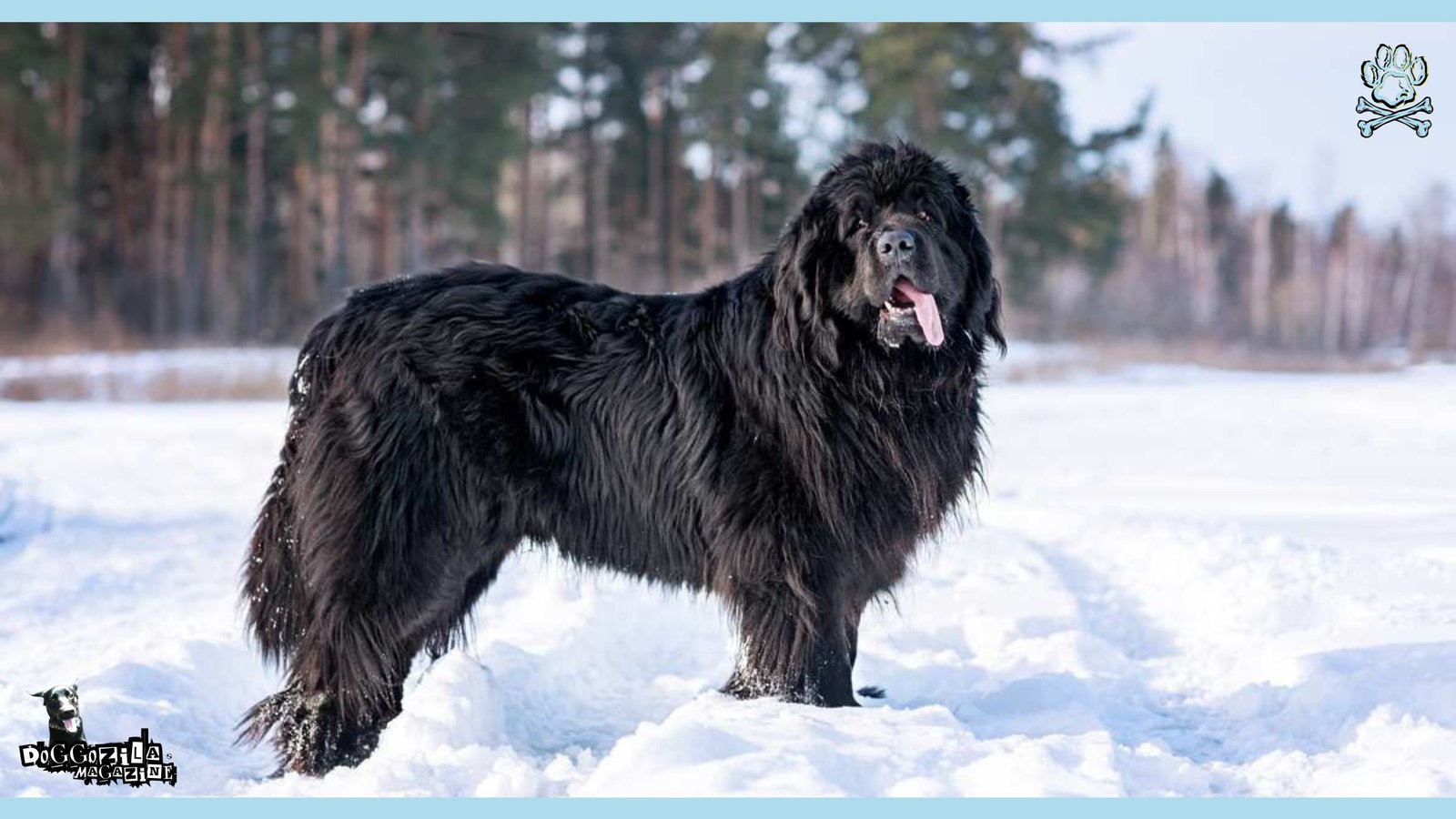
CHARACTERISTICS OF SNOW-APPROPRIATE WINTER DOG BREEDS
When evaluating dog breeds that thrive in snowy winter environments, several specific traits emerge as essential for their comfort and well-being amidst cold conditions.
Physical Attributes of The Winter Dog Breeds
One of the most notable physical features is the presence of a double coat, which consists of a dense outer layer and a soft undercoat. This dual-layer structure provides excellent insulation and protects these breeds from the biting cold. Breeds such as the Siberian Husky and Alaskan Malamute exemplify this characteristic, allowing them to maintain body heat even in extreme temperatures.
Another important physical attribute is the structure of their feet. Dog breeds adapted for snowy winter climates often possess webbed or wide feet, which function to enhance mobility in snow. The extra surface area helps prevent the dog from sinking into snowdrifts, allowing them to navigate effortlessly across winter landscapes. Breeds like the Newfoundland, known for its strong webbed feet, demonstrate how this adaptation can facilitate both movement and stability in slippery conditions.
Winter Dog Breeds Behavioral Traits
In addition to physical characteristics, certain behavioral traits also define snow-appropriate dog breeds. Many of these dogs exhibit high energy levels and an innate love for outdoor activities. Breeds such as the Samoyed and Bernese Mountain Dog are not only adept at enduring cold climates but are also enthusiastic participants in winter sports such as sledding and snowshoeing.
Their playful nature and desire to engage in outdoor adventures make them ideal companions for those living in snowy regions. Overall, the combination of specialized physical attributes and favorable behavioral tendencies makes certain dog breeds particularly well-suited for snowy environments, providing them the ability to thrive and enjoy their surroundings throughout the winter months.
🔑 Key Points: One of the most notable physical features is the presence of a double coat, which consists of a dense outer layer and a soft undercoat. In addition to physical characteristics, certain behavioral traits also define snow-appropriate dog breeds.
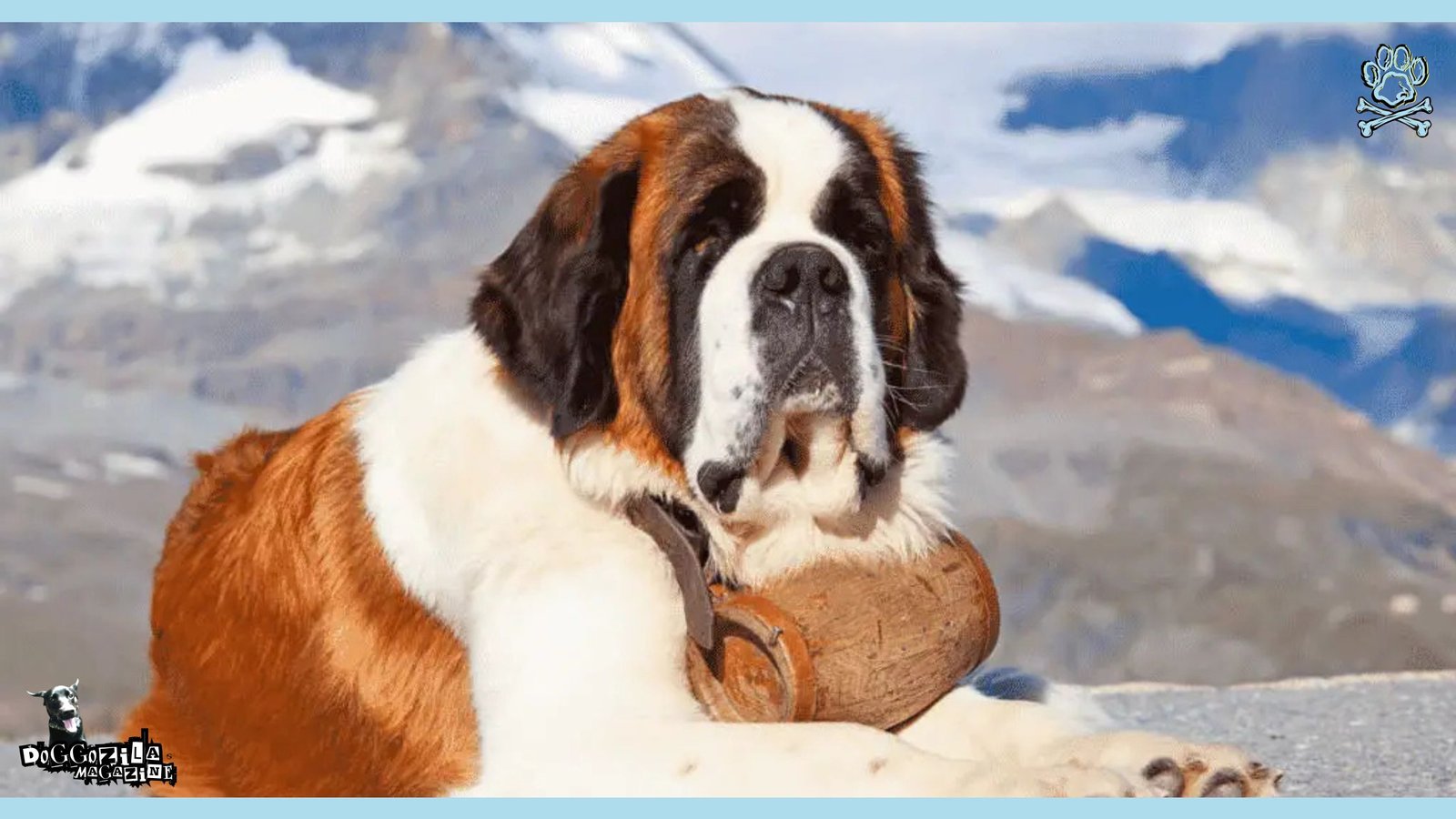
LIVING AND THRIVING IN THE SNOW: CARE TIPS FOR WINTER DOG BREEDS
For dog owners residing in snowy regions, ensuring the comfort and well-being of their pets during winter months is essential. Care in snowy landscapes begins with proper grooming, as dogs can develop mats in their fur, particularly if they have long hair. Regular brushing not only helps to prevent matting but also removes debris, such as snow clumps, ice, and salt that may accumulate on their coats.
Regular Paw Check, Exercise Routines and Nutritional Adjustment
Paying attention to their paws is equally crucial; snow can become packed between their toes, leading to discomfort. Utilizing dog booties can provide protection against ice and salt, while regular paw checks are vital for removing any foreign substances. Nutritional needs may also shift during the winter. Dogs are more active during snowy seasons, engaging in play and exercise, which can increase their caloric requirements.
Consult with a veterinarian to determine if a diet adjustment is necessary, ensuring your dog receives the right balance of nutrients to maintain energy levels and overall health. Providing a warm, dry place for your dog to rest after outdoor activities is equally important, as it aids in recovery and keeps them comfortable. Exercise routines need to be adapted to harsh winter conditions. While many dogs enjoy playing in the snow, it’s essential to monitor their activity levels to prevent overexertion and hypothermia.
Limit outdoor time in extremely cold climates and incorporate indoor games to keep them engaged. Lastly, keeping safety at the forefront is vital; always ensure dogs are wearing a collar with ID tags when venturing outside. Familiarize yourself with local wildlife that may pose risks and keep a watchful eye on your pet during outdoor explorations. With these care tips in place, dogs can thrive in snowy landscapes, enjoying the winter season safely and comfortably.
🔑 Key Points: Paying attention to their paws is equally crucial! Nutritional needs may also shift during the winter. Exercise routines also need to be adapted to harsh winter conditions.
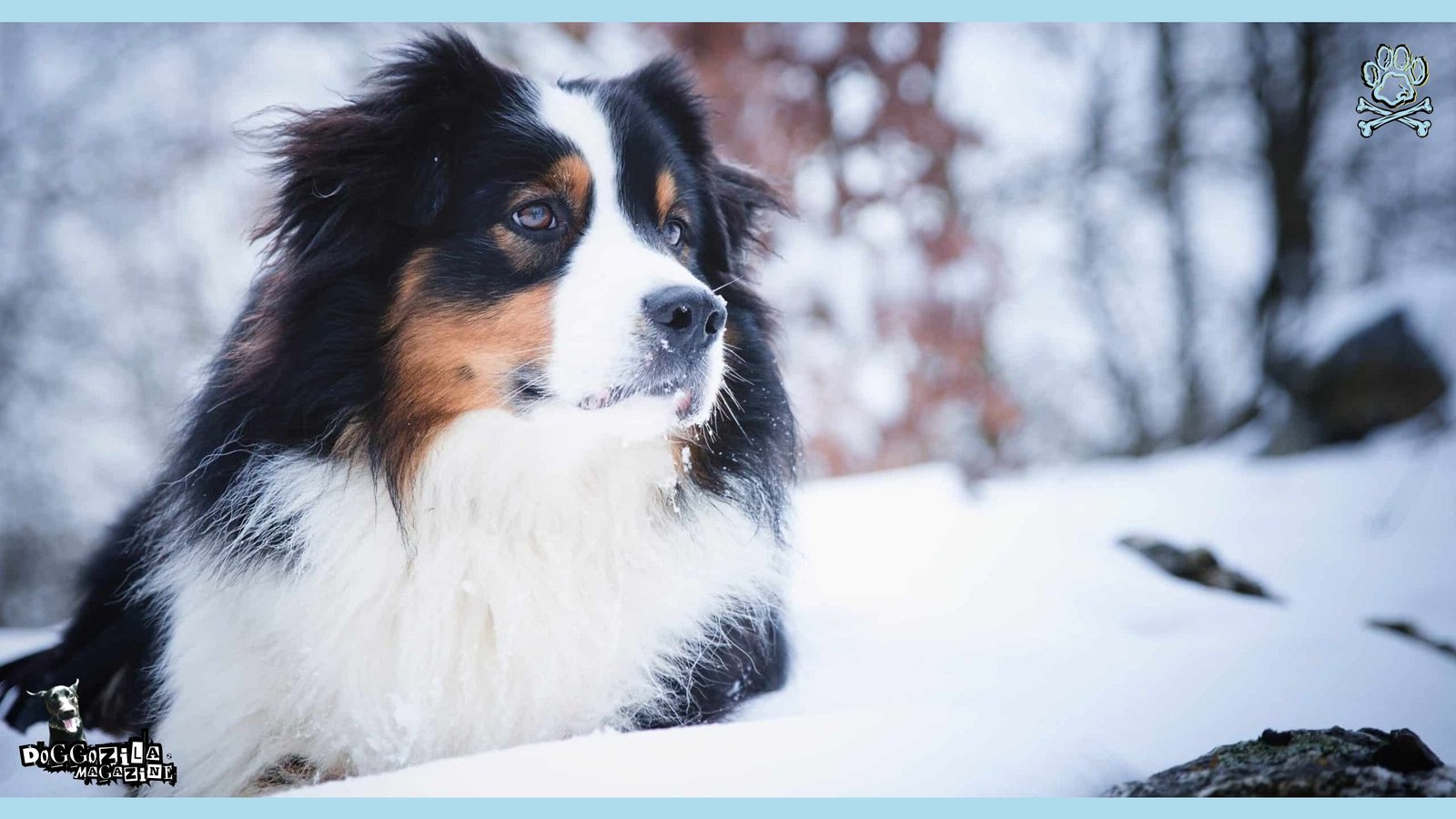
EMBRACING THE WINTER WONDERLAND WITH THE RIGHT DOG BREEDS
As we have explored the unique characteristics of various dog breeds that thrive in snowy landscapes, it is evident that the right breed can significantly enhance both the joy and fulfillment associated with winter living. Dogs such as the Siberian Husky and Alaskan Malamute are examples of breeds that are well-adapted to cold climates, boasting thick coats and stamina that allow them to excel in icy environments.
„ These winter dog breeds not only bring companionship into our lives but also have the innate ability to engage in outdoor activities, which can be beneficial for both their mental and physical well-being. “
Winter Lovers Selecting a Perfect Dog Breeds
The relationship between dogs and cold weather is built on an understanding of their needs. When selecting a breed, it is crucial to consider factors such as coat type, energy levels, and overall health. Breeds with double coats are generally better equipped to withstand frigid temperatures, while those with lower energy requirements may struggle in severe winter conditions.
Thus, conducting thorough research on specific breeds is advisable in order to make an informed choice that ensures a happy coexistence. In embracing the beauty of snowy landscapes, we must recognize both the enchantment they offer and the challenges they present. Proper training, socialization, and outdoor care play significant roles in cultivating a successful relationship between dogs and their winter surroundings.
Furthermore, understanding potential risks, such as frostbite and hypothermia, is paramount in maintaining the health of our furry companions during harsh winters. Ultimately, selecting a dog breed that is well-suited for snowy conditions can lead to countless adventures in winter wonderlands, creating lasting memories for both pets and their owners.
🔑 Key Points: When selecting a breed, it is crucial to consider factors such as coat type, energy levels, and overall health. Dog breeds with boasting thick coats and stamina allow them to excel in icy environments.
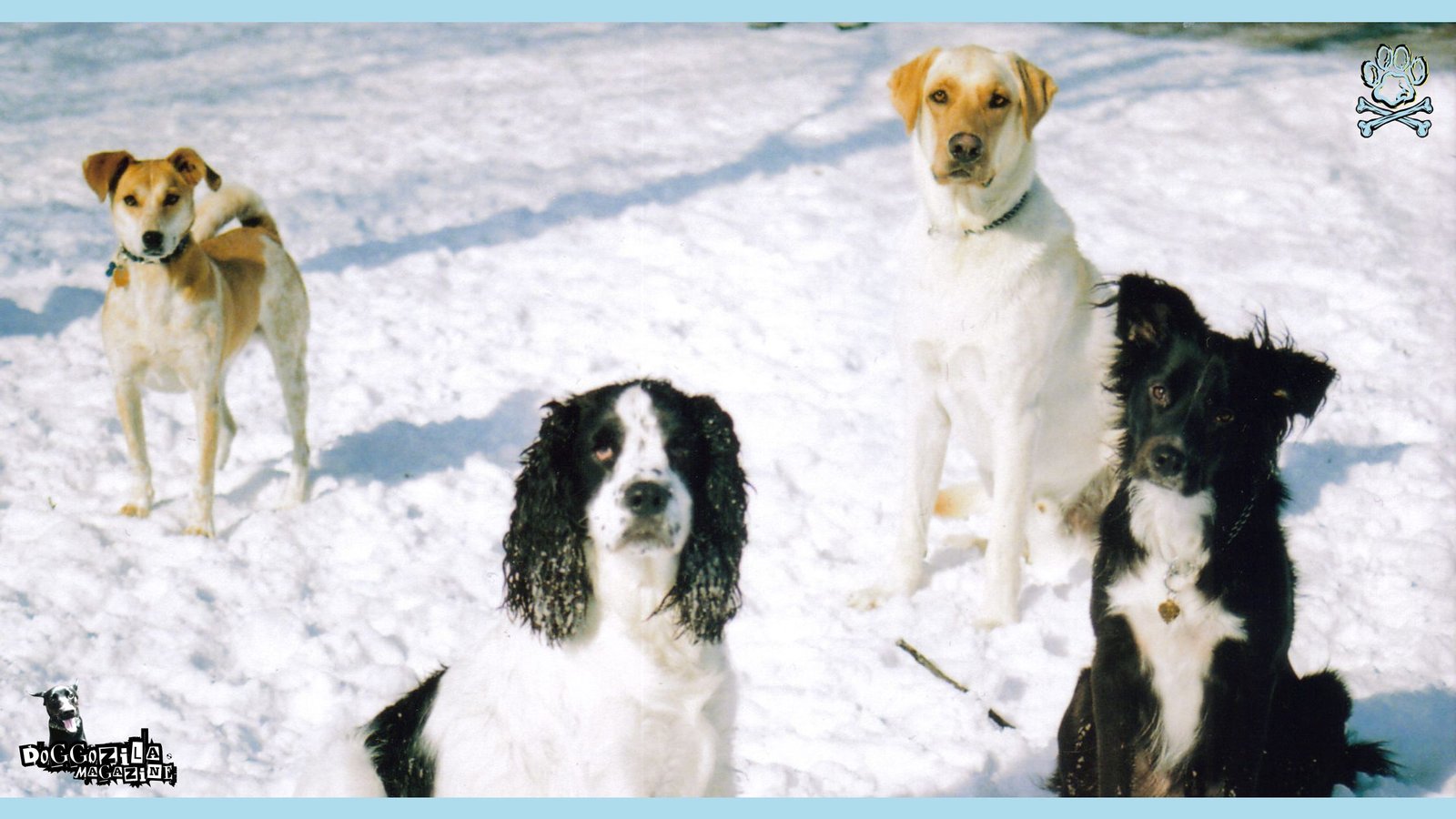
WINTER CHALLENGES FOR NON-ADAPTIVE DOG BREEDS IN SNOWY CONDITIONS
Not all dog breeds are equipped to thrive in snowy environments characterized by sub-zero temperatures and heavy snowfall. Certain breeds, especially those with short coats or thin body types, face significant challenges when exposed to such conditions. The major health risks include hypothermia and frostbite, which can occur when these dogs are inadequately protected against the cold.
Beware of Hypothermia
Hypothermia can manifest as shivering, lethargy, and confusion, indicating that the dog’s body temperature is dropping dangerously low. On the other hand, frostbite primarily affects exposed areas like ears and paws, leading to severe tissue damage if not addressed promptly.
Behavioral issues are also prevalent among non-adaptive breeds in winter settings. Dogs that are not accustomed to cold weather may exhibit anxiety or reluctance to venture outdoors, leading to exercise deprivation. They can become restless or destructive when they are confined due to adverse weather conditions, impacting both their physical and mental well-being.
Protection from Other Health Issues
Furthermore, the cold can exacerbate underlying health conditions, making regular veterinary check-ups crucial during winter months for these dog breeds. Special care and considerations are necessary for breeds that struggle in snowy environments.
Owners of such dogs should invest in appropriate winter gear, including insulated jackets and boots, to provide added protection while outdoors. Limiting their outdoor exposure during extreme cold spells is critical, as is ensuring their living environment is warm and secure.
Finally, providing mental stimulation through indoor activities can help alleviate the boredom that may arise from reduced outdoor time. In summary, understanding the unique challenges non-adaptive dog breeds face in snowy conditions is essential for safeguarding their health and well-being.
A Quick Summary About the Winter Dog Breeds
As we have explored throughout this article, it is critical to evaluate your living situation when choosing a dog breed suited for winter conditions. Factors such as your climate, available outdoor space, and the amount of time you can dedicate to outdoor activities all play a significant role in ensuring your dog’s happiness.
Additionally, understanding the specific needs and characteristics of potential breeds will aid in making an informed decision. For instance, some breeds may require more exercise, while others may thrive with a simple, cozy environment indoors.
Furthermore, it is essential to acknowledge the commitment involved in owning a dog in a snowy region. Regular grooming to manage thick coats and providing adequate shelter during extreme weather. Ensuring proper nutrition is also important consideration that contribute to a dog’s well-being.
Ultimately, the decision to bring a dog into your home should align with your lifestyle and ability to meet the breed’s needs, particularly in a snowy climate. The right choice in a dog breed suited for snow is not only beneficial to the dog’s health and happiness but also enriches the owner’s experience. Reflect on how a particular breed aligns with your circumstances to ensure a fulfilling companionship amidst snowy landscapes.
Enjoy the gallery of cool winter dog breeds!
